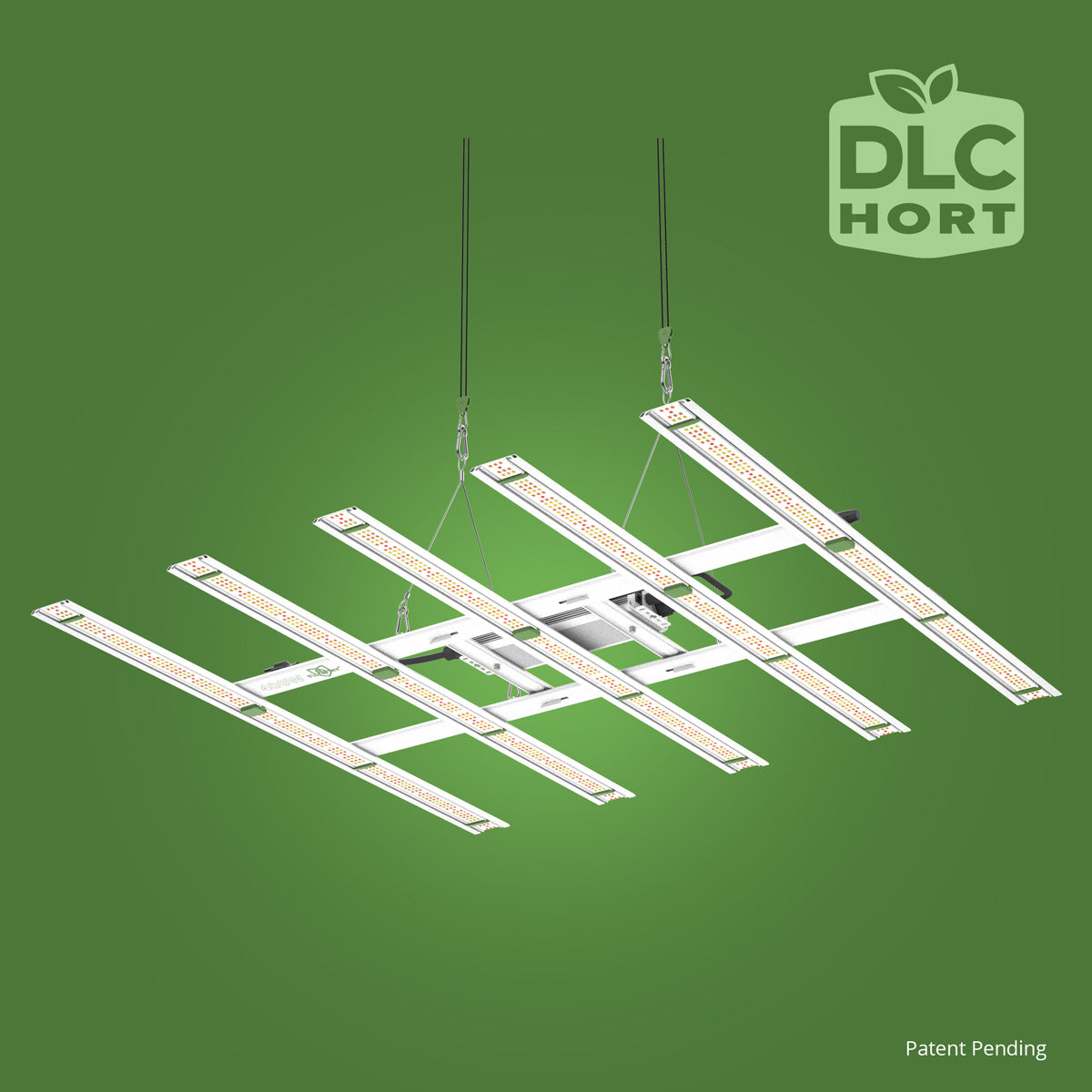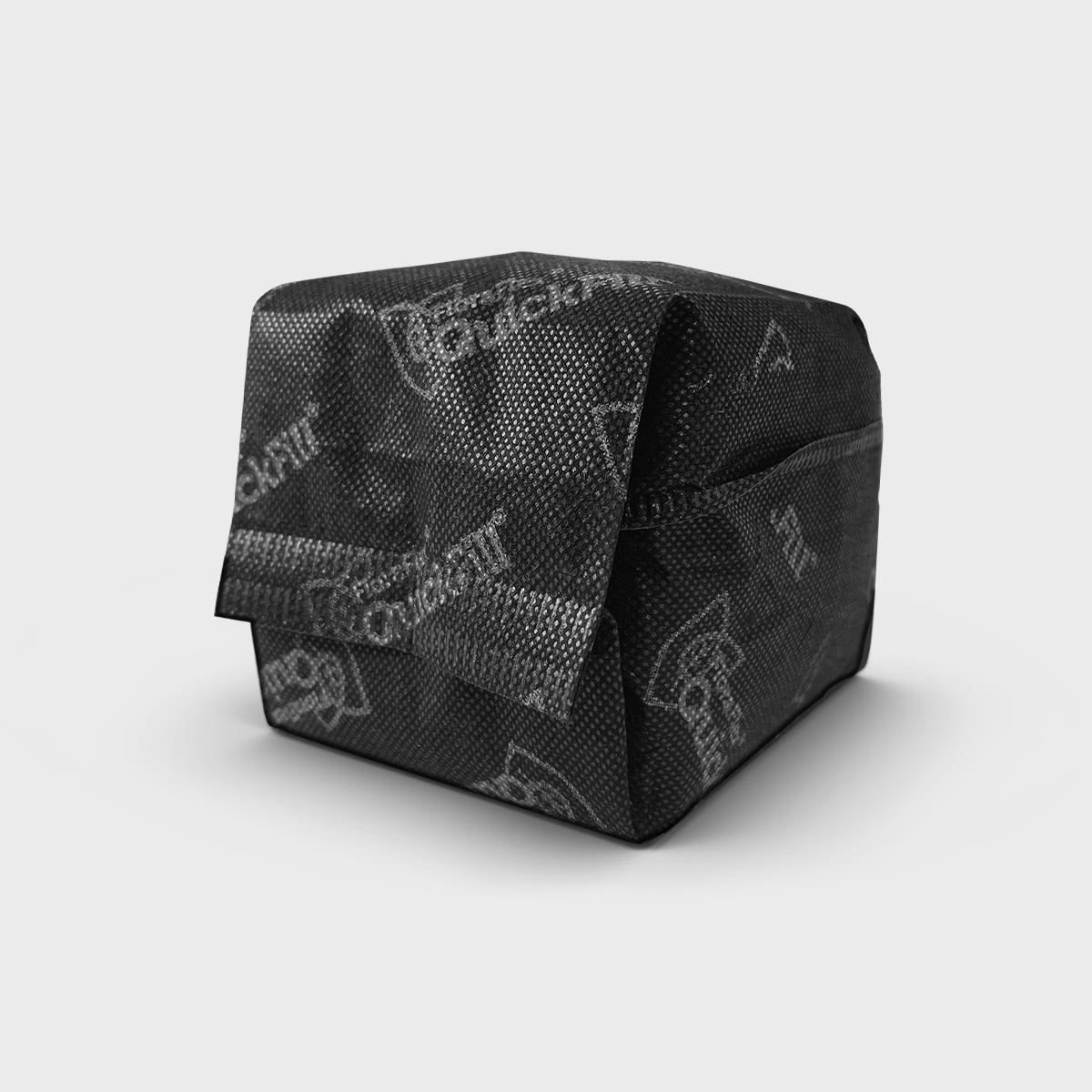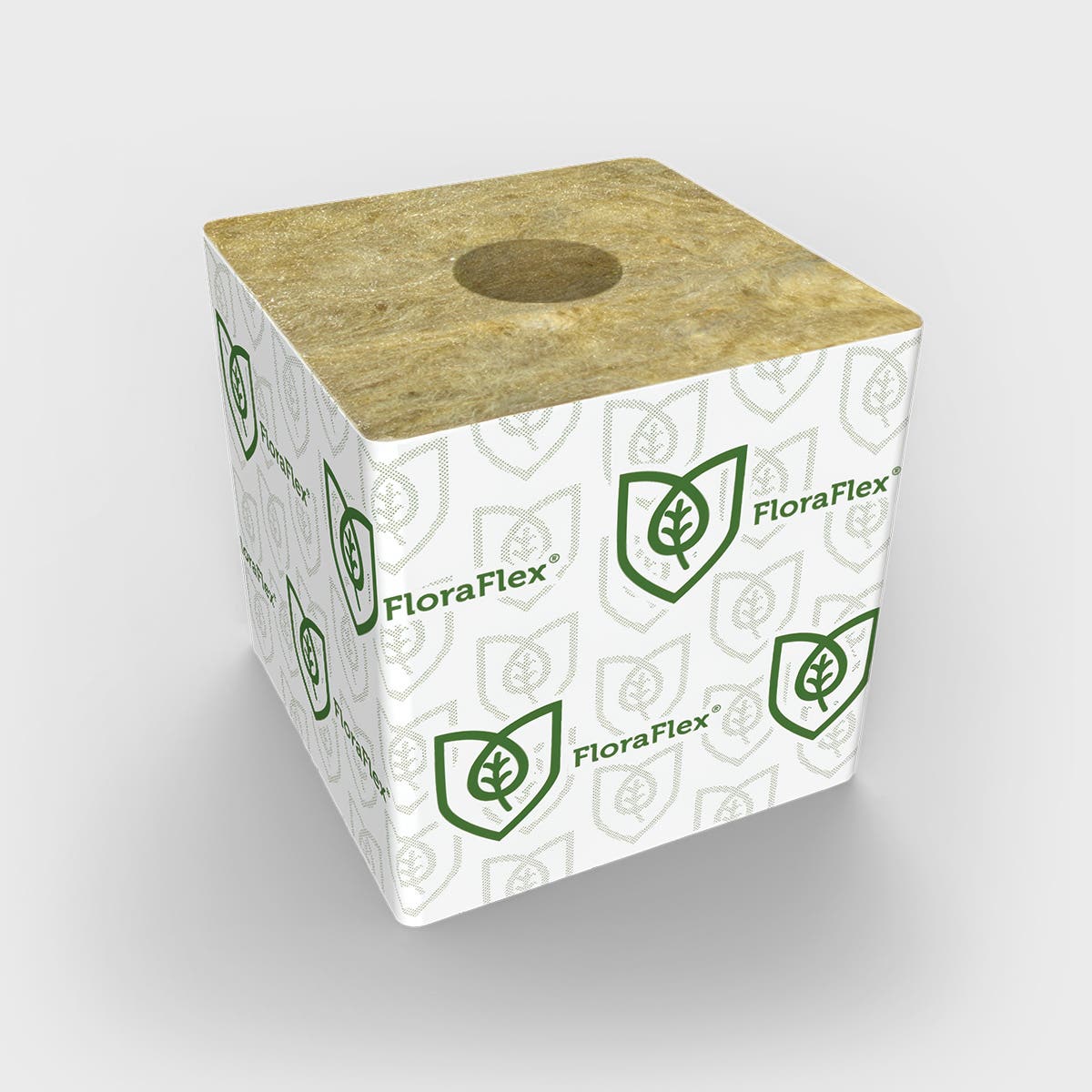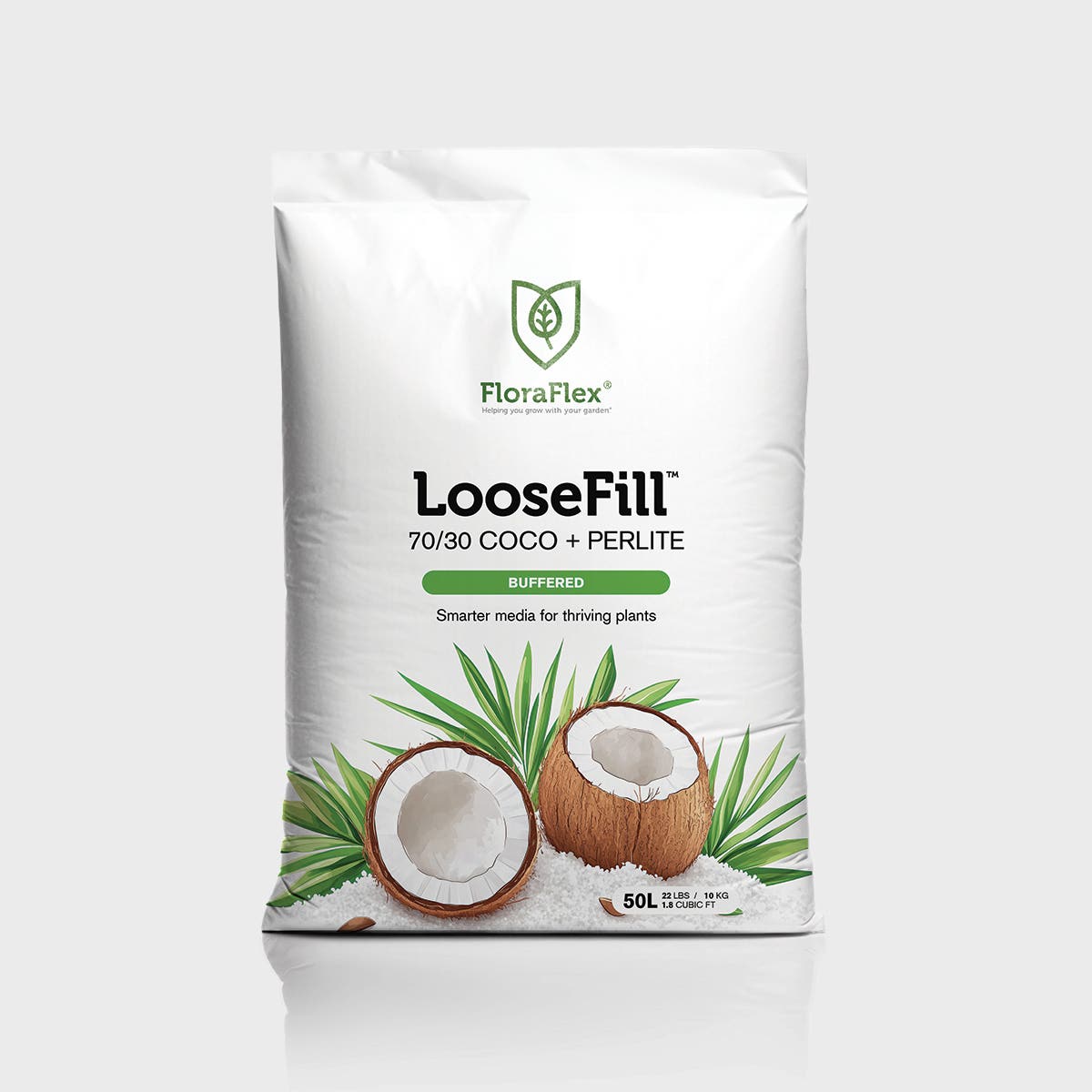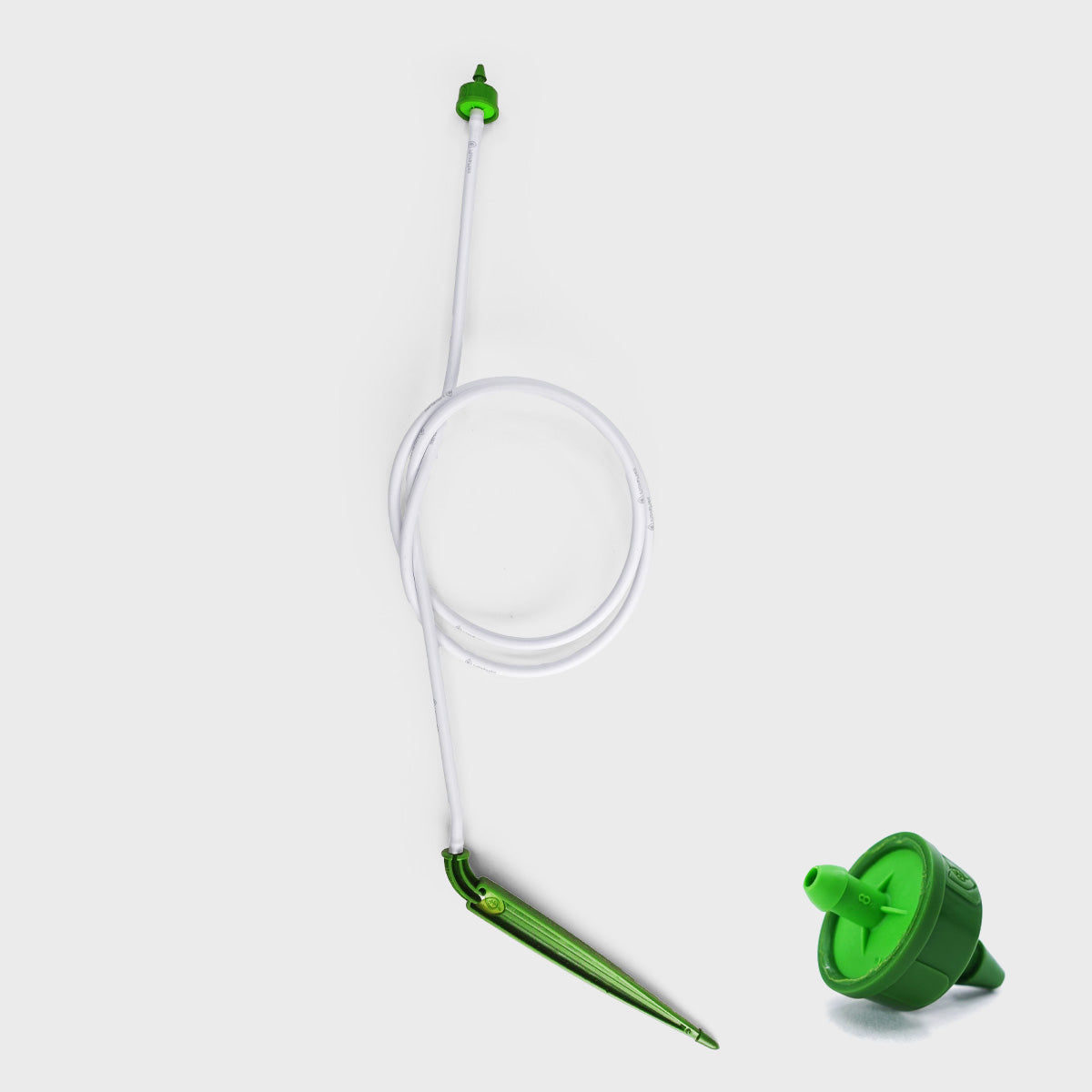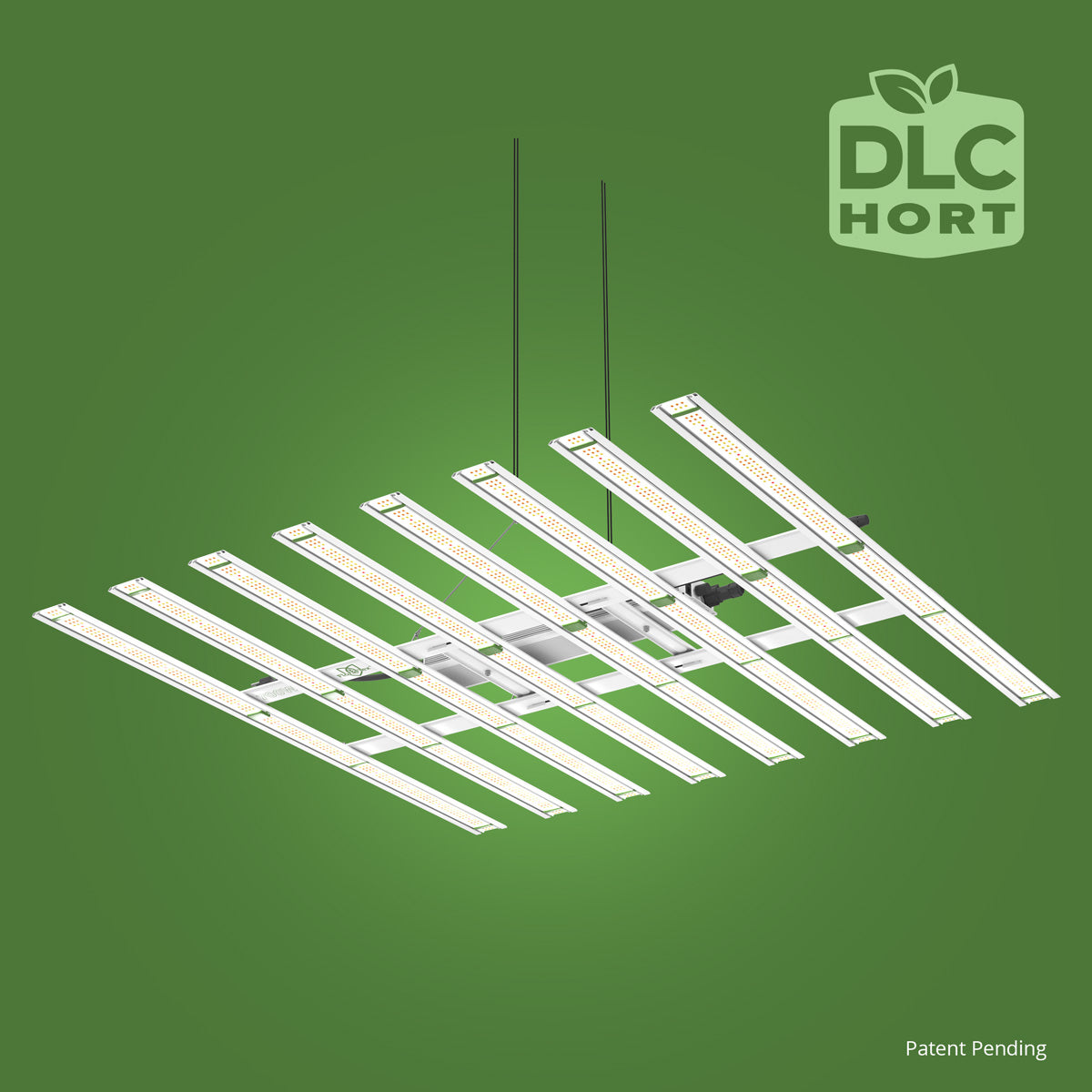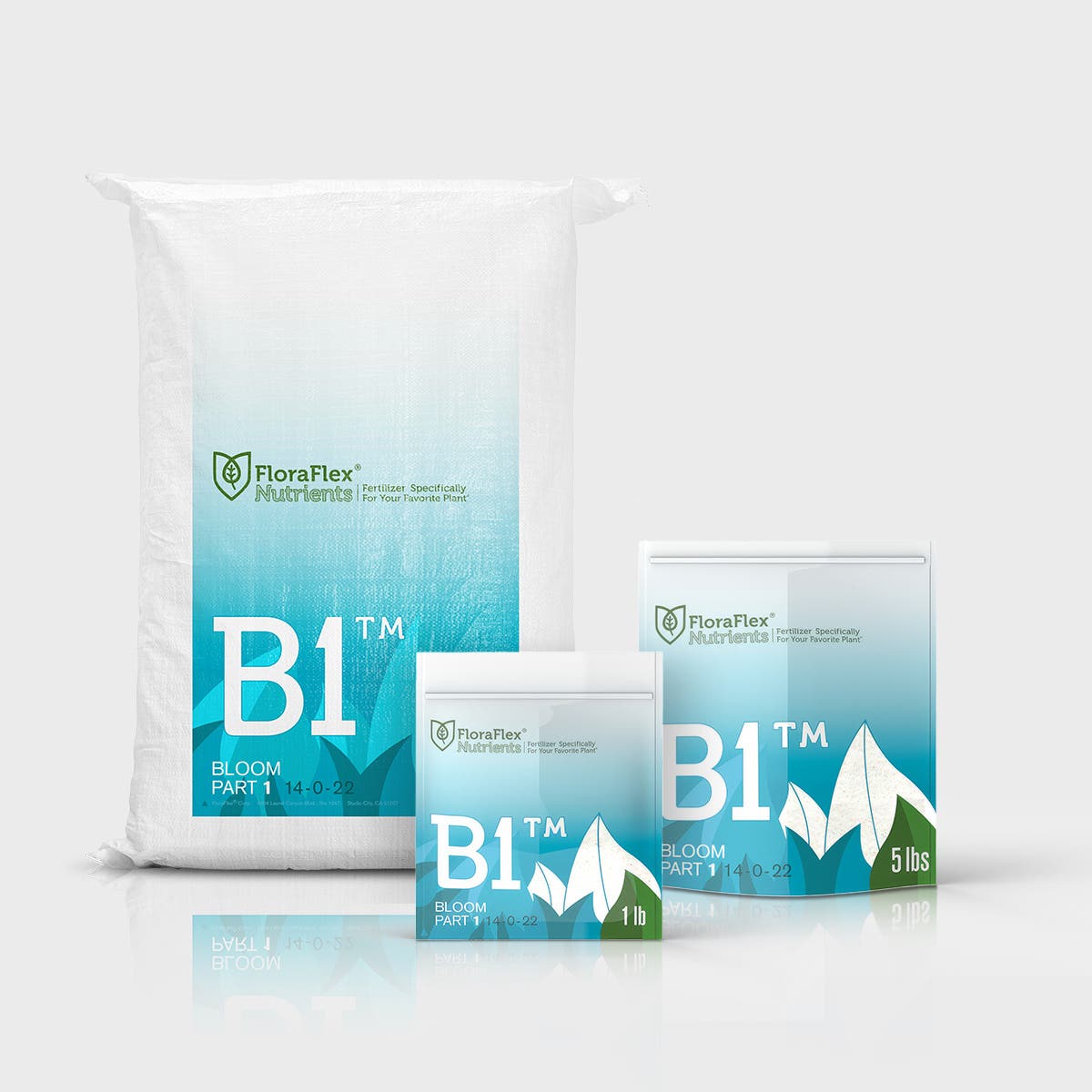Emitters are essential components of irrigation systems that deliver water directly to plants, ensuring efficient and targeted watering. Whether you're a gardener or farmer, understanding the importance of emitters and how to choose the right ones can significantly impact the success of your irrigation setup. In this blog post, we'll explore the benefits of emitters, discuss different types available, and provide tips for selecting and using them effectively.
Benefits of emitters in irrigation systems Emitters offer several advantages for efficient and effective plant watering:
-
Precise water delivery: Emitters allow water to be delivered directly to the root zone of plants, reducing water waste and ensuring that plants receive the right amount of water.
-
Customizable flow rates: Emitters come in various flow rates, allowing you to tailor the water output to specific plant needs, ensuring optimal hydration.
-
Water conservation: Emitters promote water conservation by minimizing evaporation and runoff, making them ideal for areas with limited water resources or water restrictions.
-
Disease prevention: By delivering water directly to the soil and root zone, emitters help reduce the risk of foliage diseases caused by wet leaves.
Types of emitters There are different types of emitters available, each with its unique features and suitability for specific applications:
-
Drippers: Drippers are commonly used emitters that deliver water in a slow and steady drip. They are ideal for individual plants or areas that require precise watering.
-
Micro-sprinklers: Micro-sprinklers distribute water in a fine spray pattern, covering a larger area than drippers. They are suitable for larger plants, shrubs, or ground cover areas.
-
Bubblers: Bubblers emit water in a gentle, bubbling flow, making them suitable for larger plants or containers that require more water at once.
-
Soaker hoses: Soaker hoses are porous hoses that allow water to seep out slowly along the entire length. They are useful for watering rows of plants or garden beds.
Choosing and using emitters effectively Consider the following tips when choosing and using emitters in your irrigation system:
-
Assess plant needs: Determine the specific water requirements of your plants, including the flow rate and frequency of watering.
-
Evaluate system compatibility: Ensure that the emitters you choose are compatible with your irrigation system, taking into account factors such as water pressure and tubing size.
-
Consider soil type and plant spacing: Adjust the type and spacing of emitters based on soil type (e.g., clay, sandy) and the distance between plants to achieve even water distribution.
-
Regular maintenance: Inspect and clean emitters regularly to prevent clogging caused by debris or mineral buildup, ensuring optimal performance.
-
Monitor and adjust: Regularly monitor the performance of your emitters, ensuring that plants are receiving adequate water. Adjust emitter placement or flow rates as needed.
Conclusion Emitters play a crucial role in efficient irrigation systems, delivering water precisely to plants while promoting water conservation and healthy growth. By understanding the benefits and types of emitters, and following the tips for selection and usage, you can optimize your irrigation setup and support the thriving growth of your plants. Choose the right emitters, maintain them regularly, and monitor their performance to ensure a successful and water-efficient irrigation system.

